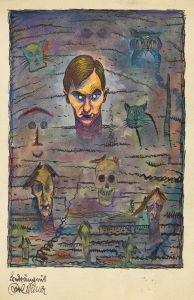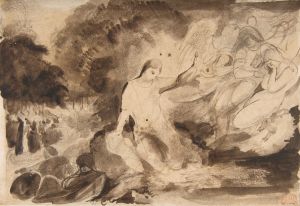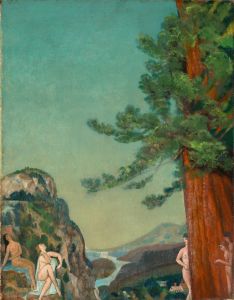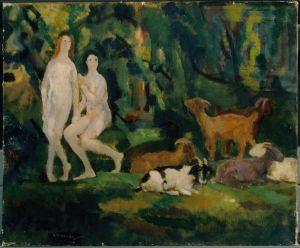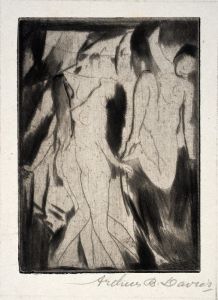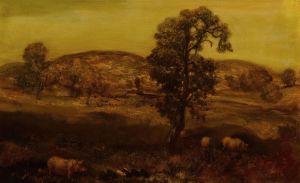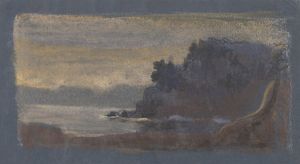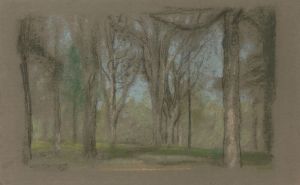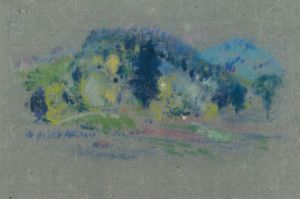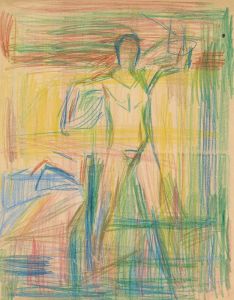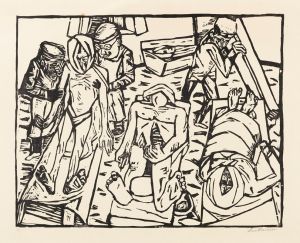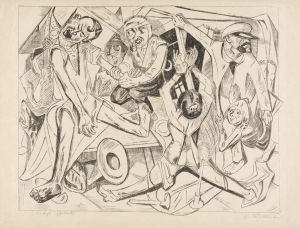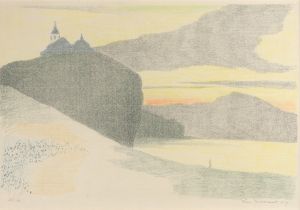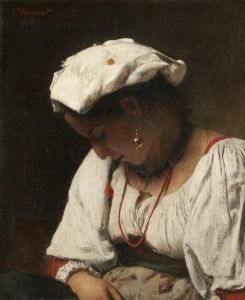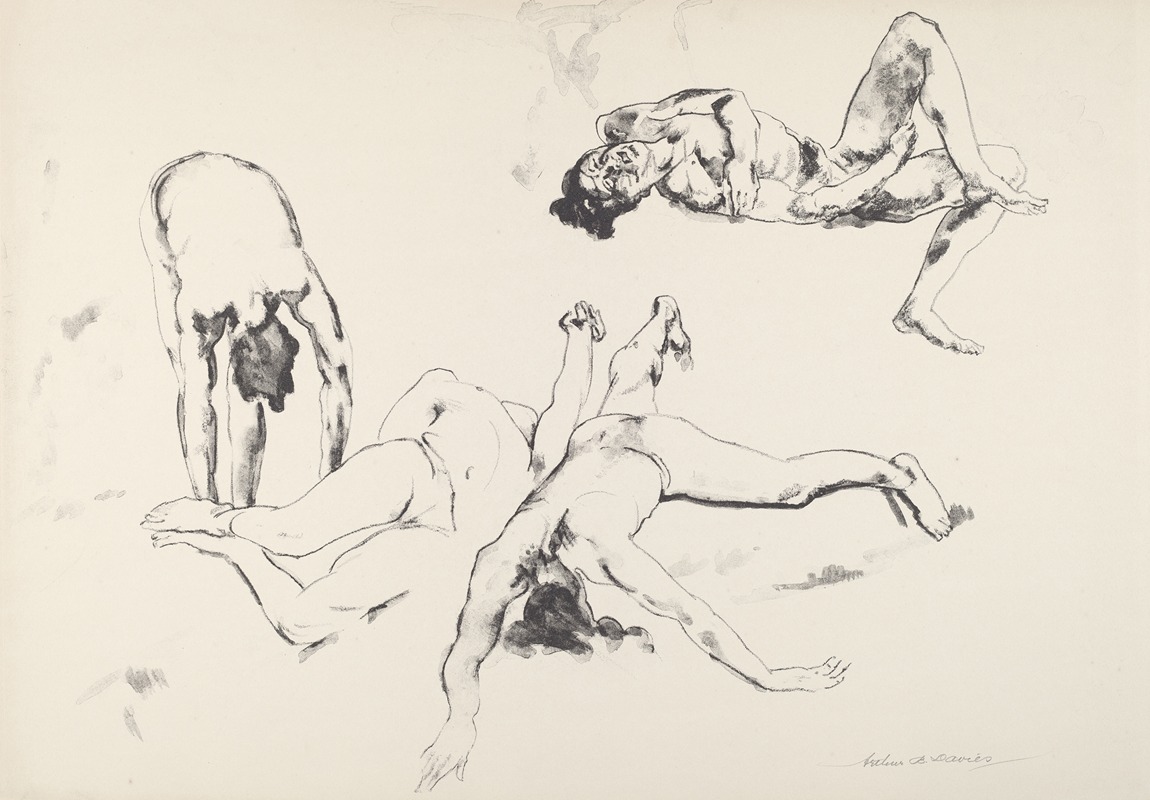
Men in Agony
A hand-painted replica of Arthur Bowen Davies’s masterpiece Men in Agony, meticulously crafted by professional artists to capture the true essence of the original. Each piece is created with museum-quality canvas and rare mineral pigments, carefully painted by experienced artists with delicate brushstrokes and rich, layered colors to perfectly recreate the texture of the original artwork. Unlike machine-printed reproductions, this hand-painted version brings the painting to life, infused with the artist’s emotions and skill in every stroke. Whether for personal collection or home decoration, it instantly elevates the artistic atmosphere of any space.
Arthur Bowen Davies was an American artist known for his role in the early 20th-century art scene, particularly as a member of The Eight and his involvement in the Armory Show of 1913. However, specific information about a painting titled "Men in Agony" by Arthur Bowen Davies is not readily available in historical records or major art references. Davies's work often explored themes of mysticism, allegory, and the human form, but without more concrete details or documentation, it is not possible to provide an accurate description or analysis of "Men in Agony."
Davies's broader body of work is characterized by his interest in dreamlike imagery and classical themes, often depicting ethereal landscapes and figures in a style that blends realism with symbolism. He was influenced by both European Symbolism and American Romanticism, and his paintings frequently feature nudes, mythological subjects, and pastoral scenes. His style evolved over time, moving from more traditional representations to increasingly abstract and modernist approaches.
As a key figure in the American art world, Davies played a significant role in introducing modern art to the United States. He was instrumental in organizing the Armory Show, which was the first large-scale exhibition of modern art in America and included works by European avant-garde artists such as Marcel Duchamp and Henri Matisse. This exhibition had a profound impact on American artists and the public, challenging traditional perceptions of art and paving the way for future developments in modernism.
Davies was also a member of The Eight, a group of artists who sought to break away from the conservative National Academy of Design. The group, which included artists like Robert Henri and John Sloan, was known for its focus on everyday life and urban scenes, although Davies himself often diverged from these themes in favor of more fantastical subjects.
Despite his contributions to the art world, Davies's personal life was marked by contradictions and complexities. He maintained a dual existence, with a family in New York and a secret second family in Chicago, which was only revealed after his death. This aspect of his life, while intriguing, does not directly inform his artistic output but adds a layer of complexity to his biography.
In summary, while Arthur Bowen Davies is a significant figure in American art history, specific information about a painting titled "Men in Agony" is not available. His legacy, however, is well-documented through his involvement in pivotal art movements and exhibitions that helped shape the course of modern art in America.





